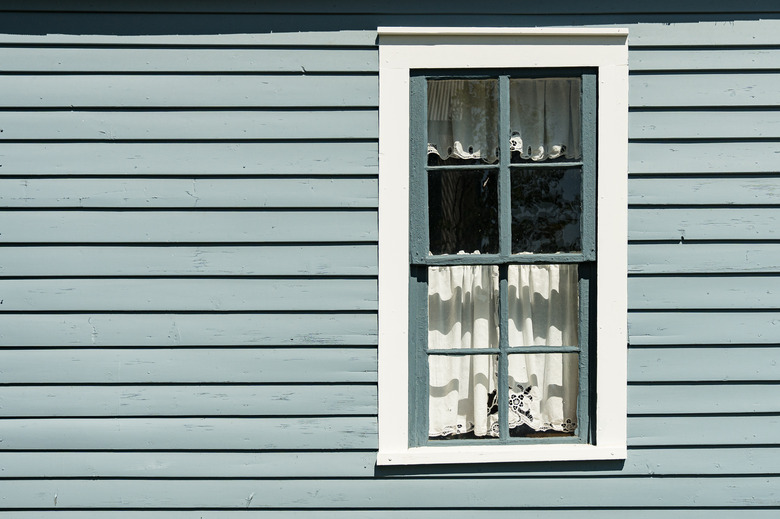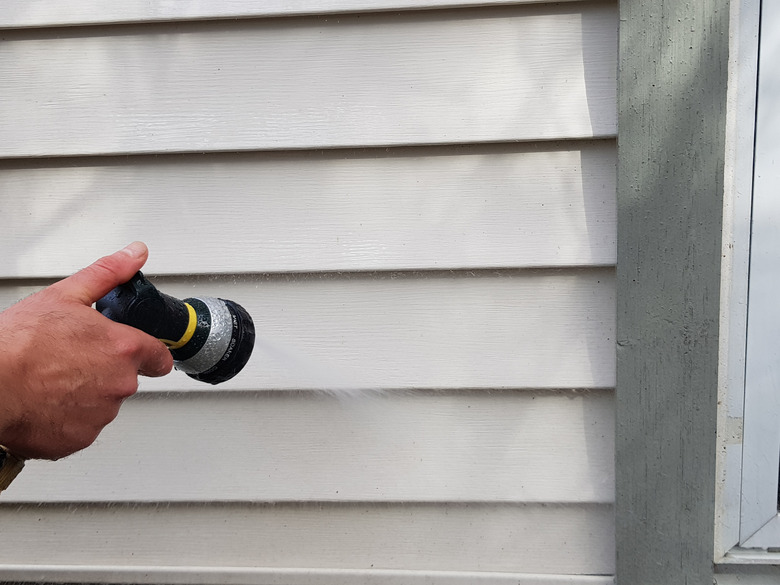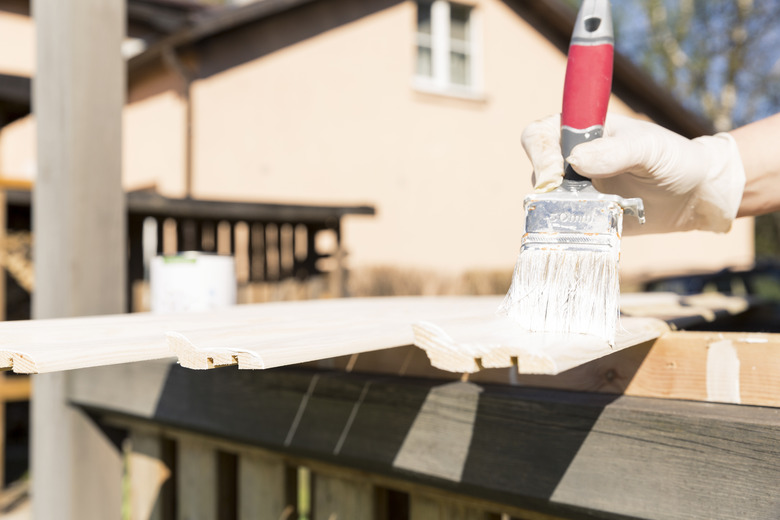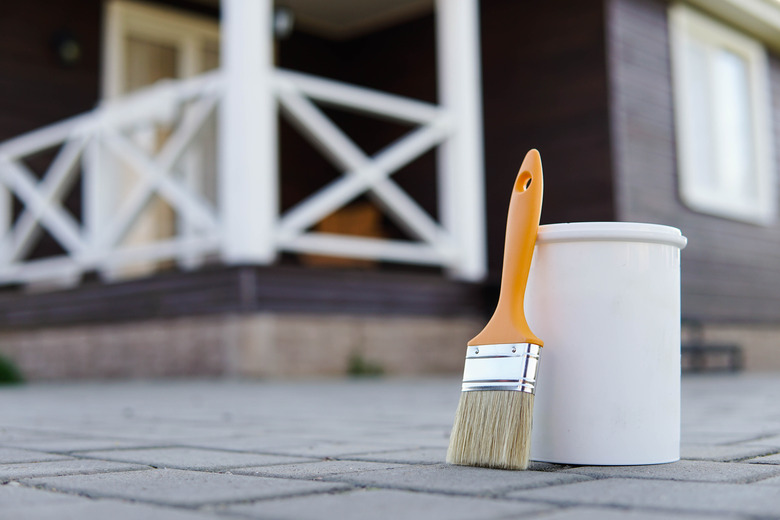9 Expert Tips For Painting Fiber Cement Siding
Though some fiber cement siding looks like clapboard wood siding once it's up on the house and painted, it offers several advantages over wood. Fiber cement siding resists rot, insects, and flames, and it often costs less than wood siding. It's also fairly easy to paint provided the surface is clean. If you have fiber cement siding and are interested in boosting your home's curb appeal with a little paint, follow these simple tips to get the best results
1. Check if Your Siding is Primed or Unprimed
1. Check if Your Siding is Primed or Unprimed
Fiber cement siding, such as James Hardie planks, are usually primed at the factory, so there's no need to apply primer before painting unless you're dealing with unprimed material. No matter what, fiber cement siding must be painted. More than just a way to add color to a home's exterior, paint also helps protect siding from the elements — which ensures the siding will stay in good shape for years to come. You should paint primed fiber cement siding within a year of its installation or as indicated by the manufacturer; otherwise, the warranty may be void.
2. Clean Fiber Cement Thoroughly
2. Clean Fiber Cement Thoroughly
If the siding has been out in the elements for a while, airborne particles, such as dust and pollen, end up on that fiber cement. Even brand-new siding may be dusty and should be wiped from top to bottom with a rag. As with any surface, fiber cement siding should be clean before painting it.
3. Paint Prefinished Siding as Needed
3. Paint Prefinished Siding as Needed
Some manufacturers offer prefinished fiber cement siding, such as James Hardie's ColorPlus Technology product line, available in a limited selection of common home exterior colors. The finish on these is baked on at the factory and designed for durability. Though such products don't require immediate painting, the finish is guaranteed by warranty for about 15 years, which means even those may need painting after a decade or so.
4. Prime Cut Ends and Edges
4. Prime Cut Ends and Edges
Cutting any fiber cement results in an unprimed surface. Seal these exposed areas with an exterior-grade acrylic primer within three months of making the cut to protect it. For prefinished material, you may need to make touch ups with a special primer or paint; check with the manufacturer for details.
5. Make Sure the Fiber Cement Siding is Completely Dry Before Painting
5. Make Sure the Fiber Cement Siding is Completely Dry Before Painting
Make sure the fiber cement siding is completely dry before painting, as the paint may not adhere properly to damp siding. Wait a few days or perhaps longer if it's humid outside and choose a non-humid, moderate-temperature block of days for your painting project.
6. Check the Caulk
6. Check the Caulk
Check all the existing caulk, especially in areas where the siding and trim meet, as these areas should be sealed to keep out moisture and insects. Scrape and pull out any old, failing caulk and replace it with fresh, paintable caulk. Caulk any gaps between transitions from one material to another.
Use an exterior-rated product that's suitable for both fiber cement siding and for your home's trim material, such as wood. As an example, James Hardie recommends using an elastomeric caulk meeting ASTM C920 Grade NS, Class 25 or higher standards or a latex caulk meeting ASTM C8340. While many types of caulk are fairly forgiving, using an incompatible caulk means it's bound to loosen prematurely, which could result in moisture getting in through the gaps.
Look for a caulk that remains flexible after it cures, such as a siliconized acrylic caulk or sealant. This allows for slight expansion and contraction with changes in the weather. Allow the caulk to cure for as long as is recommended on the label before painting over any of it.
7. Choose the Right Paint
7. Choose the Right Paint
The paint you use matters, and it's best to buy a quality product that works well on fiber cement siding. James Hardie recommends using 100-percent acrylic exterior paint. Oil-based paint can result in surface roughness and paint failure, while semitransparent stains (which are intended for wood) are difficult to work with on fiber cement. Avoid any formulation containing linseed oil.
8. Paint With Brushes and Rollers
8. Paint With Brushes and Rollers
Painting fiber cement siding is a lot like painting wood siding in that rollers come in handy for long, straight runs. Use synthetic-bristle brushes to cut in paint in the corners or feel free to paint large portions of the siding with brushes as well.
Fiber cement siding often has a faux wood-grain texture on the surface; if yours does, paint with the grain rather than across it for best results.
If your siding is in shingle or shake form rather than horizontal planks or vertical panels, using a sprayer can save you time in getting coverage on the many edges and contours of the material. If you do opt for a sprayer, back-roll or back-brush after spraying.
9. Set Yourself Up for Success
9. Set Yourself Up for Success
Acrylic paint dries quickly, so it's best to work in one small area at a time, overlapping your brush or roller strokes as you work for the most consistent finish. Working in the shade is best, as direct sunlight dries the paint even faster and makes the surface hot, which could cause the paint to bubble or crack when it dries. Apply a second coat of paint once the first coat dries and cures as recommended on the paint label.




